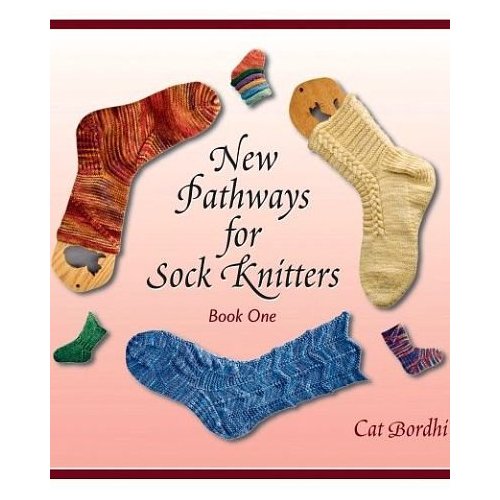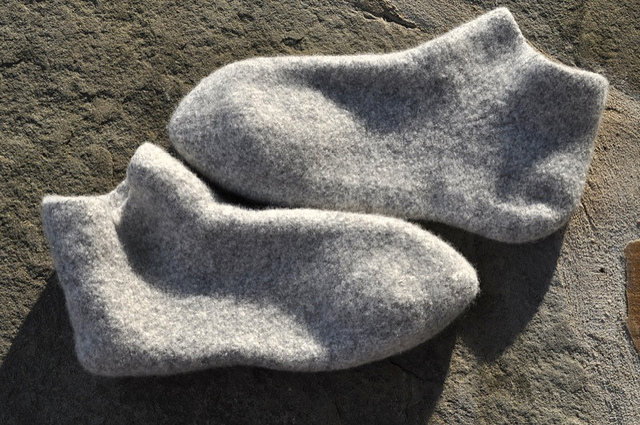Note from the SpaceCadet: My friend Natalie (peacethrufiber on Ravelry and Twitter) is a fantastic knitter and spinner who creates amazing garments with yarns she spins almost exclusively on spindles.
The SpaceCadet and I were talking the other day about summer knitting and summer yarn. She asked me what I knit with most during the warmer months, and I think I surprised her when I answered, “Wool.”

But if you think about it, summer knitting with wool makes a lot of sense.
First there are the qualities that make knitters love wool for winter knitting, such as great stitch definition and memory. These things are just as true in the summer as they are in the winter.
Then there’s the way wool feels on the needles. I knit cotton, linen and other more traditional, cellulose based summer yarns, but I can only knit with them for so long before the stiffness of the yarn starts to tire my hands. Then it’s back to the soft and pleasant hand of wool, with a grateful sigh.
Finally, there’s the fact that, done right, wool is really an excellent choice for summer wearing in addition to summer knitting. People often think of wool garments as cold weather gear but, in fact ,wool is much more versatile than that. It actually regulates temperature, keeping the wearer warm in cold weather, and cool in warm weather. Add in its fantastic moisture-wicking properties, and it starts to look a lot more attractive for summer.

Of course, if you pull on a heavy, worsted-weight wool sweater in the middle of July, you will probably end up uncomfortable. Fortunately, there’s no need. There has been a little flurry of garment patterns written over the last few years using fingering and lace weight yarns at a loose gauge to create light, breezy, warm weather garments. I’ve already started a fingering-weight wool sweater for this summer, and am totally enjoying it. I’m using a size 8 needle, and the resulting fabric is soft, sheer and gauzy. I’m looking forward to wearing it on vacation in June!
What are you going to be knitting this summer? Got any patterns in mind that will look great in a skinny wool yarn on big needles?














